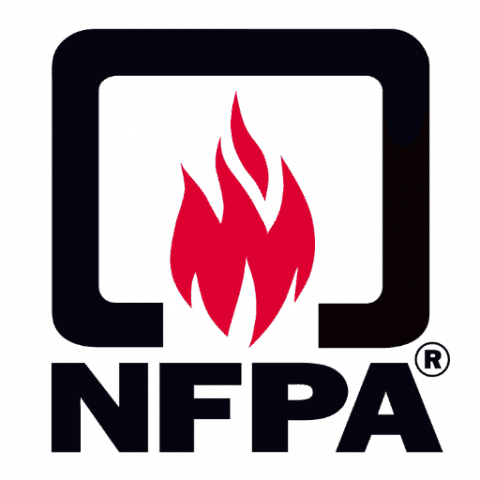The evolution of the National Fire Protection Association and its codes and standards
Since their patent in 1872, the use and installation of automatic fire sprinkler systems have become commonplace. And despite advances in technology, installing a fire sprinkler system goes a lot more in-depth than running pipe and connecting sprinkler heads. While this is common knowledge to those within the industry, there are dense and sometimes tedious codes and standards that govern installation behind the scenes. This article presents an overview of the differences between some codes and standards issued by the National Fire Protection Association (NFPA): NFPA 101, 13, 13R, and 13D.
The National Fire Protection Association works to create standards and codes that are adopted as code by state and local governments. While NFPA is not a governing body within the industry, it sets guidelines that many Authorities Having Jurisdiction (AHJ) can put into practice or adapt to make them their own. Furthermore, many products are developed and installed according to NFPA’s standards.
When it comes to fire sprinkler systems, “going by the book” holds especially true. But this is where it also gets a bit tricky.
If you’ve ever searched for NFPA 13, it’s likely at some point in time you’ve come across NFPA 13R or NPFA 13D.
Why are there so many versions of one code set? What’s the difference? Read on.
But first, take a step back to understand how it all began.
NFPA 13 and the NFPA
On March 18 and 19, 1896, a group of professionals gathered to discuss water, fire, and sprinklers in New York City. The discussions and decisions from this conference resulted in a set of installation rules called, “Report of Committee on Automatic Sprinkler Protection.” This report became what we know as NFPA 13: Standard for the Installation of Sprinkler Systems today.
Articles for a new association also resulted from the meeting. Among them was article one, which established the committee as the National Fire Protection Association.
NFPA 13 is the most comprehensive NFPA manual that covers sprinkler installation and design. The document aggregates previous and continually-updated standards for property protection and life safety for various facilities. It sets some basic guidelines such as the need for an adequate and reliable water source, locating sprinklers in areas where a fire is likely, and the appropriate sprinklers, pipe material, and various system components.
NFPA 101
NFPA 101: Life Safety Code was originally published in 1927. At the time of its development, insurance companies set the rules for the use and installation of fire sprinklers in North America because they realized their property protection benefits.
Today, fire sprinkler systems are valued for both their life safety and property protection abilities. Sprinklers can reduce the chance of death in a home, for example, by 80%.
“NFPA has no record of a fire killing more than two people in a completely sprinklered building where the system was properly operating, except in an explosion or flash fire or where industrial fire brigade members or employees were killed during fire suppression operations.”
This statement speaks volumes for the capabilities of fire sprinkler systems within the home and commercial facilities. And advances in the industry have generated systems that are both effective and cost-efficient to install and maintain.
The developments and improvements we see today, in part, are due to the safety standards and protocol established in NFPA 101. Today, there are three standards for the design and installation of fire sprinkler systems – NFPA 13, NFPA 13D, and NFPA 13R. NFPA 101 still acts as an overview, however, touching on all three standards.
NFPA 13D
NFPA 13D: Standard for the Installation of Sprinkler Systems in One- and Two-Family Dwellings and Manufactured Homes was originally published in 1975. The main purpose of this handbook is to provide a more cost-efficient home sprinkler system, while still placing emphasis on maintaining the standards of life safety.
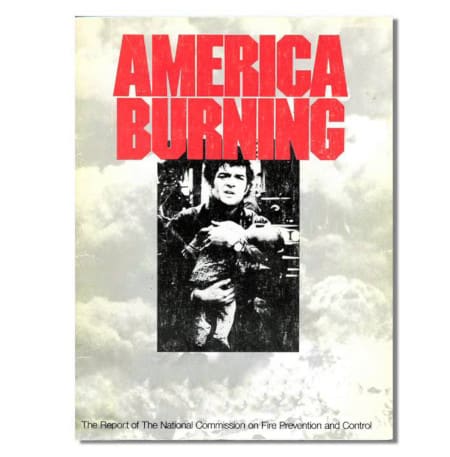
In 1973, a report titled America Burning: The Report of the Commission on Fire Prevention and Control was written by the National Commission on Fire Prevention and Control. The report intended to evaluate fire loss in the U.S. and present recommendations for improvement.
Within the report, a startling fact emerged. Of the estimated 12,000 annual fire-related deaths, the majority occurred within the home. These findings sparked the need for cost-effective residential sprinkler systems. Thus, NFPA 13D was born.
While older editions, including the first edition, drew upon technology existing at that time, it made more exceptions relating to necessary water supply and spray coverage compared to the commercial standard. Although the use of standard spray sprinklers was effective in its purpose of reducing the loss of life in the interim, the development of the residential sprinkler system focused on quicker response time (the sprinklers deploy at a lower temperature) and water discharge patterns that spray higher on walls. The main purpose of residential sprinkler systems is to provide ample time for residents to escape. Newer editions of NFPA 13D continue to incorporate new advances in technology.
NFPA 13R
The newest member of the NFPA 13 trio isNFPA 13R: Standard for the Installation of Sprinkler Systems in Low-Rise Residential Occupancies, which made its arrival roughly 30 years after NFPA 13D. NFPA 13R was first published in 1989, following the success of residential fire sprinkler systems.
NFPA 13R again focuses on life safety, rather than the protection of property. It is limited to apartments, hotels, motels, select board and care facilities, and rooming houses that are four stories or less.
At the time of its initial release, many of the facilities above were developing their own installation rules outside of those presented in NFPA 13. Their goal was to create cost-effective, workable solutions similar to those found in NFPA 13D.
NFPA 13R allows omissions that NFPA 13 does not but it’s not as pared down as NFPA 13D. It permits the exception of sprinklers in attics, balconies, porches, closets, certain bathrooms, and concealed spaces with certain combustible materials. The most notable of these caveats is the attic since sprinklering this space generally requires a more expensive dry pipe or antifreeze system.
The biggest difference between the three versions of NFPA 13 is the audience they serve and the allowable omissions within 13D and 13R. NFPA 13 and 13D focus mainly on life safety and property protection, while NFPA 13R strictly focuses on the life safety aspect.
At QRFS, we aim to put NFPA Code at the forefront of all we do. We strive to present industry best practices and extensive product knowledge in each article so that you have the information you need when you need it most.
Do you have a question? Call us at 888-361-6662 or email us at support@qrfs.com.
Products to consider:
| Commercial Fire Sprinklers | 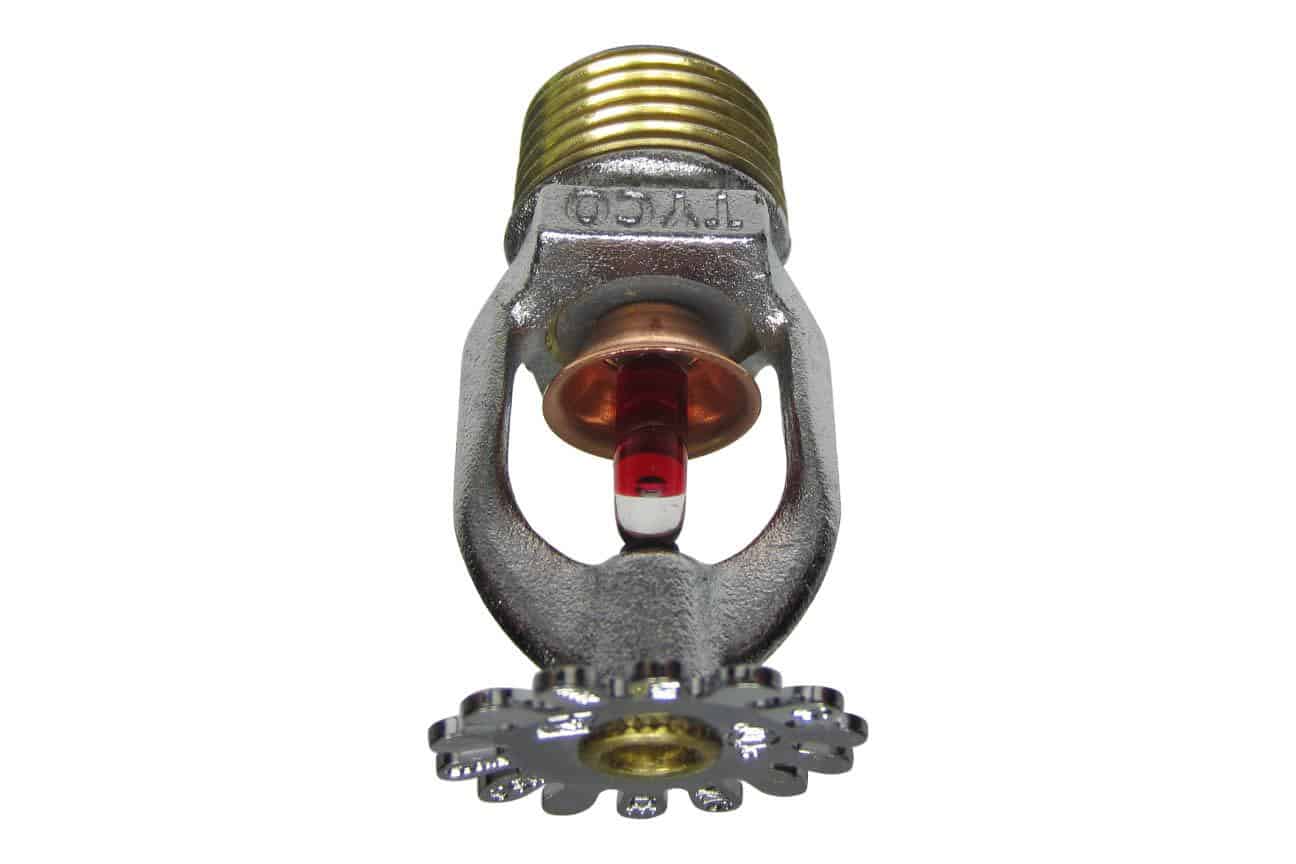 |
| Residential Fire Sprinklers | 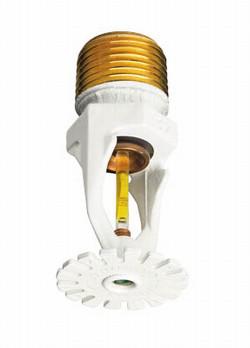 |
| Fire Sprinkler Cover Plates | 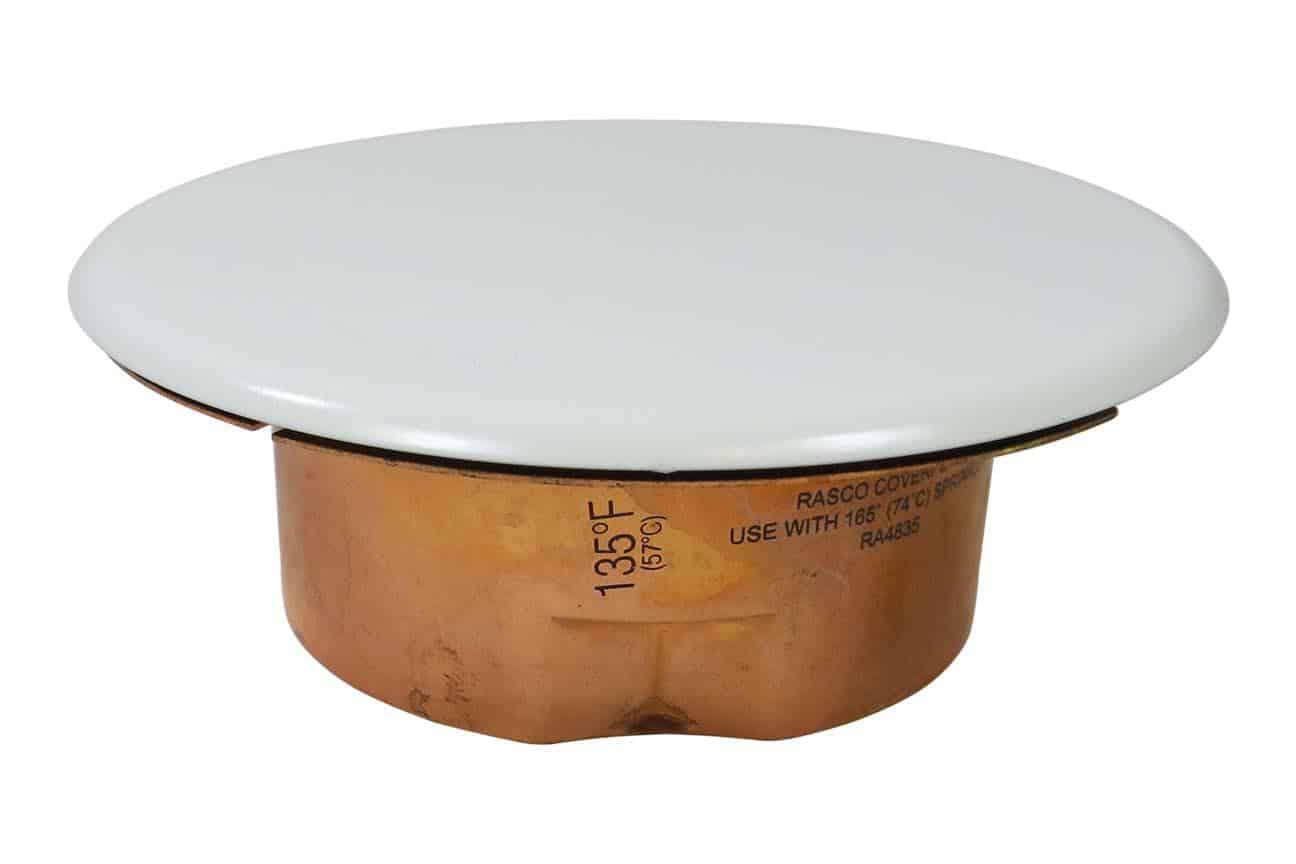 |
| Escutcheons | 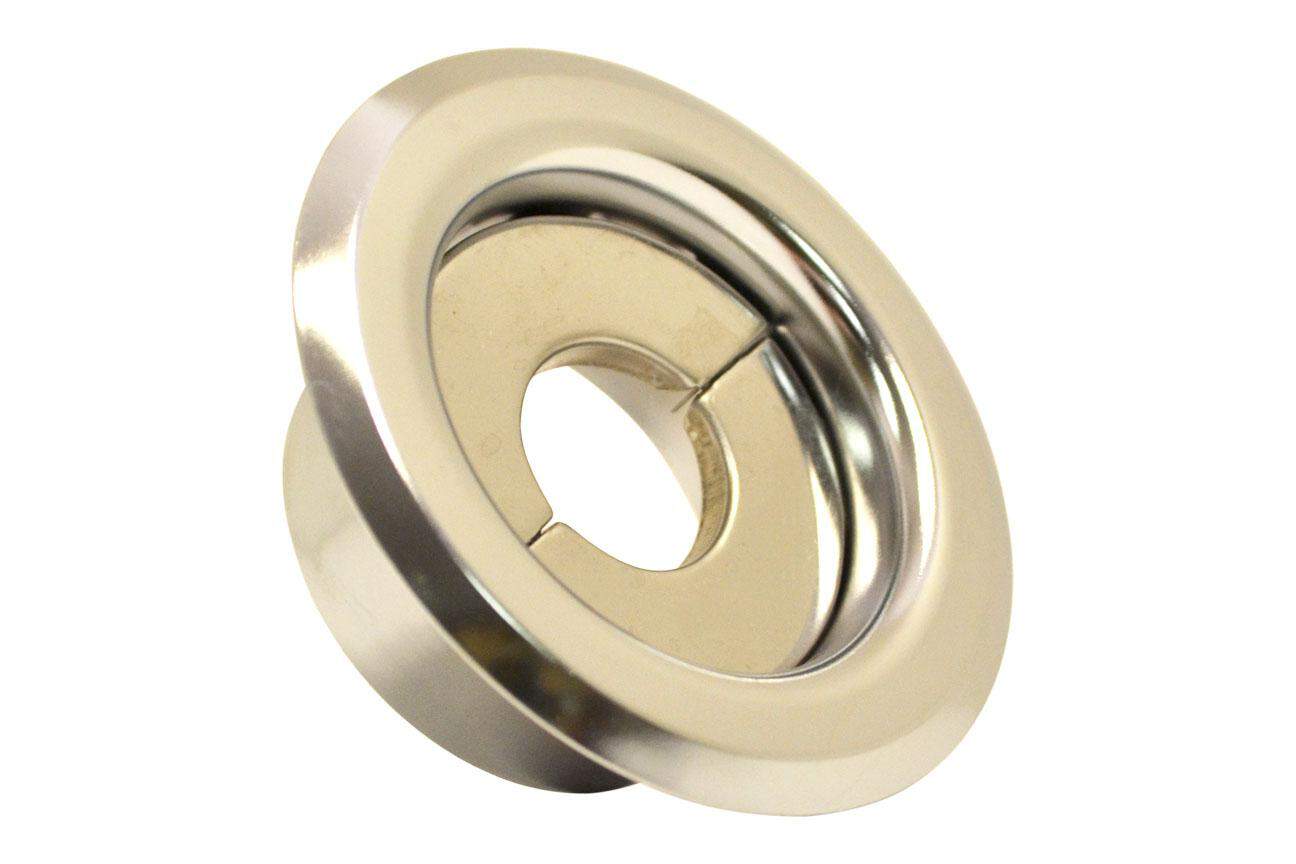 |
| Extensions | 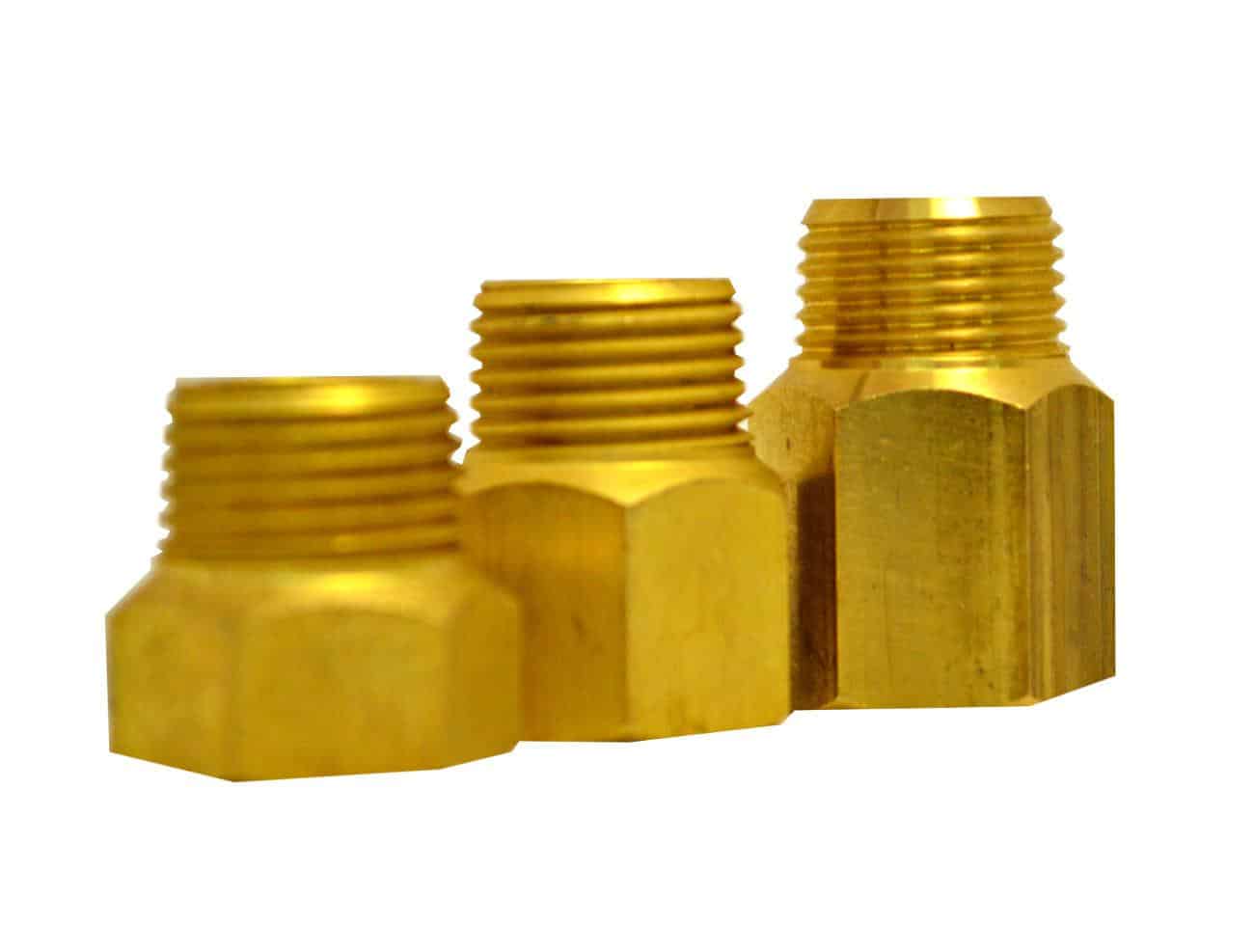 |
This blog was originally posted by Jason Hugo and Anna Hartenbach at blog.qrfs.com on August 31, 2017, and updated on February 1, 2019. If this article gave you a better understanding of NFPA code, check us out at Facebook.com/QuickResponseFireSupply or on Twitter @QuickResponseFS.


